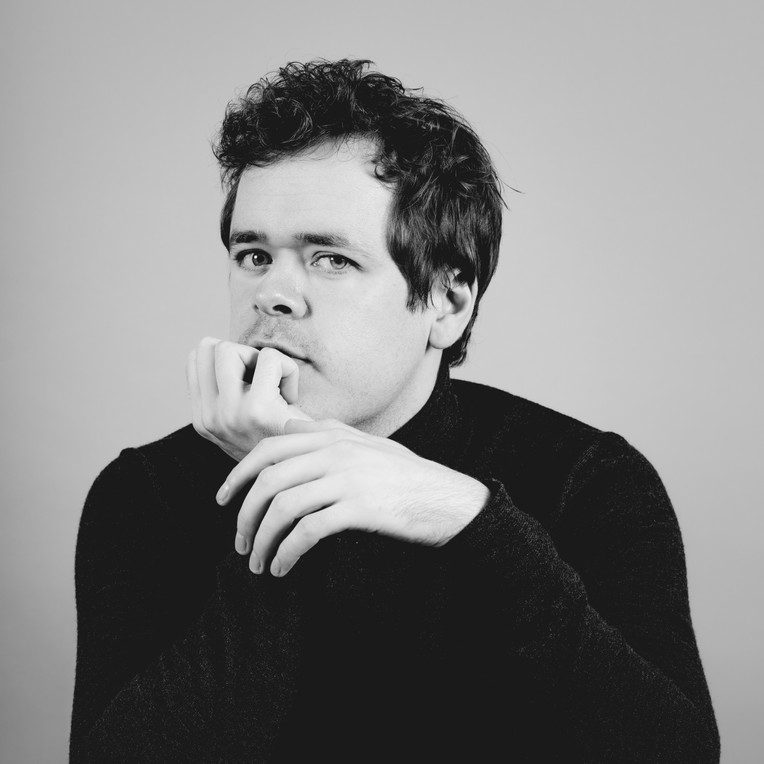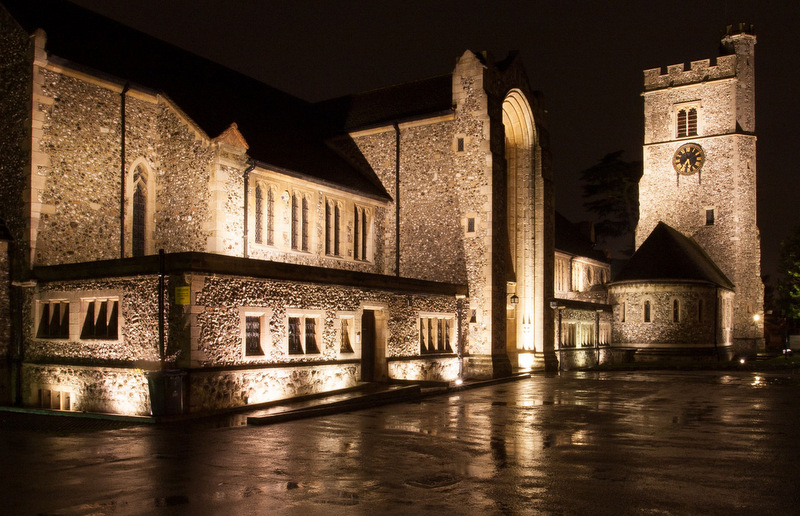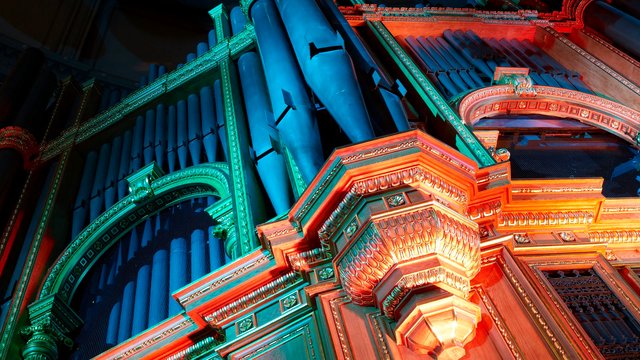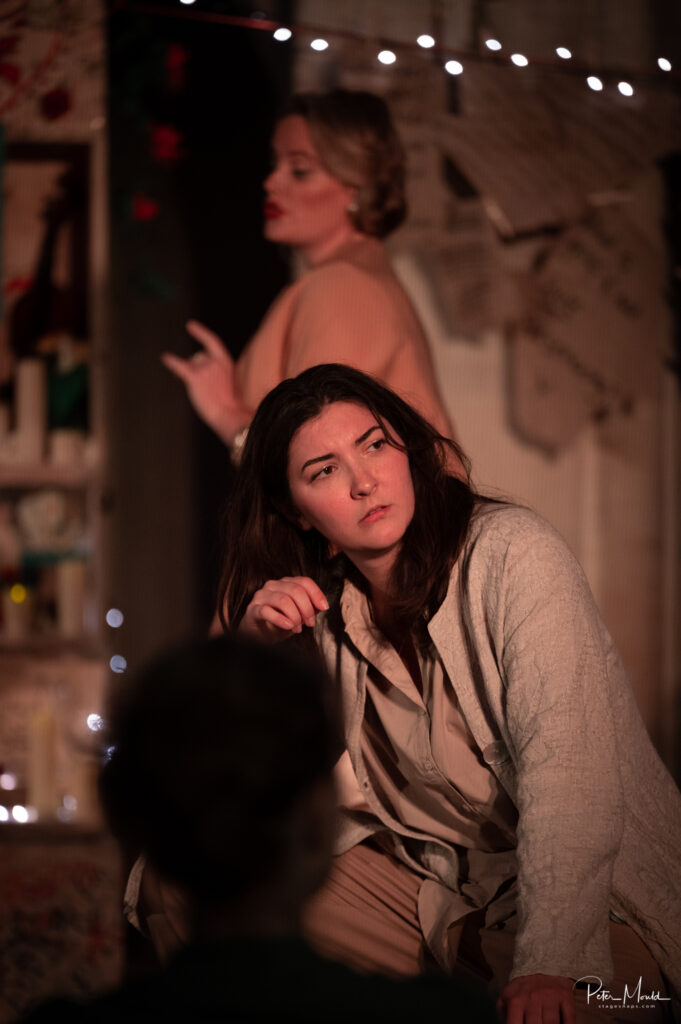A PIAZZOLLA TRILOGY
KAREN GOMYO, violin
STEPHANIE JONES, guitar
ORCHESTRE NATIONAL DES PAYS DE LA LOIRE
BIS-2385 63’03
Tango seems to be all around us at the moment and this disc is a treat for anyone who loves music with infectious rhythm, melodic interest and slightly exotic harmonies. For those with a particular interest in the music of Astor Piazzolla this is a wonderful collection showcasing three of his more substantial works. Opening with his own take on Vivaldi, Cuatro Estaciones Portenas (The Four Seasons of Buenos Aires) and ending with the popular Histoire du Tango this CD also includes Etudes Nos 3, 4 and 5 from Tango Etudes. These arrangements for violin make for excellent performances from Karen Gomyo and her fellow performers.
PALMGREN – COMPLETE PIANO WORKS 3
JOUNI SOMERO, piano
GRAND PIANO GP869 71’25
Containing a number of world premiere recordings this CD continues Grand Piano’s survey of this early 20th century writer for the piano. Palmgren’s work covers a range of styles and i some charming and interesting repertoire for the pianist. The music here ranges from a miniature, Tanssiaskeleita (Dance Steps), lasting just 20 seconds to the twenty minute suite, Sol och Skyar (Sun and Clouds). A student of Busoni, much of his music is descriptive, often drawing on local folk influences and crossing the boundaries of ‘classical’ and ‘light’ music. An interesting concluding work is his Intermezzo for the Left Hand.
DUTILLEUX – PIANO WORKS
JEANNE-PIERRE ARMENGAUD
GRAND PIANO GP790 70’13
Remaining with the piano but with a very different programme this CD presents 3 larger scale works by a composer also writing in the twentieth century but in a much more experimental style. Programmed chronologically the CD begins in the 1940s with the Piano Sonata which takes the traditional three movement structure but allows for much freedom of expression in terms of all the other elements of the music. The composer’s own arrangement of the ballet music from Le Loup (The Wolf) comes next, followed by Three Preludes, written at different times but satisfyingly grouped together here as they were when first published many after their composition. A very interesting disc of lesser known twentieth century piano repertoire expertly realised by Jean-Pierre Armengaud.
ARVO PART – STABAT MATER
CHOR DES BAYERISCHEN RUNDFUNKS
MUNCHNER RUNDFUNKORCHESTER, IVAN REPUSIC, conductor
BR KLASSIK 900335 59’24
Anyone who knows the work of Arvo Part knows that he composes sublime music that plumbs the depths and scales the heights of emotion. Here is a wonderful programme of choral and orchestral music which together creates an intensely moving and spiritual experience. The title work completes the CD which begins with the sparse textures of the instrumental Fratres. Also included are Silouan’s Song, La Sindone, Summa and Fur Lennart in memoriam.
BRITISH SOLO CELLO MUSIC
STEVEN ISSERLIS, cello
MISHKA RUSHDIE MOMEN, piano
HYPERION CDA68373 78’28
The cello, to me, has a purity of sound that makes it ideal for unaccompanied solo performance and for a relaxing listening experience. Sometimes mournful, at other times more joyous, the programme here, given life with such commitment by the master of the instrument, Steven Isserlis. Britten’s Cello Suite No 3 is complemented by Frank Merrick’s Suite in the eighteenth century style together with some shorter items including works by Walton, John Gardner and Thomas Ades.
INFINITY
VOCES 8
DECCA B0034074-82
The cover text invites the listener to “escape into another world”. This collection of wonderfully evocative performances from Voces 8 certainly provides an oasis of tranquil and sublime contemporary choral music. Described as a “space-inspired concept album” it includes music by established choral composers including Ola Gjeilo and many more often associated with other musical genres including film and electronic music. Some tracks are a capella, whilst others include additional sparse instrumentation. A beautiful album that really has the capability to transport the listener somewhere beyond. It contains many interesting and unusual pieces.
BEST OF TURKISH PIANO MUSIC
IDIL BIRET, piano
IDIL BIRET ARCHIVE (distributed NAXOS) 8.504058 (4CDs) 4”58’38
It is not often that a collection as large as this contains music that is all completely unknown to the reviewer. Here, over 4 CDs, is an archive release of recordings by the same pianist spanning over 60 years. All the music is by Turkish composers and together this collection presents a fascinating survey of music that has come about as a result of the meeting of the particular traditions of this region and the encounter with the so-called western classical tradition. As well as repertoire for solo piano there are pieces for for piano and other instruments including four concerti (Saygun, Isikozlu, Erkin and Pars). This is a set that will be a very useful reference for those wishing to explore new repertoire as well as providing plenty of interest to enjoy.
SHALL WE GATHER
LUCAS MEACHAM, baritone IRINA MEACHAM, piano
RUBICON RCD1071 52’54
This programme was put together as a response to the situation the world has found itself in with the pandemic and social distancing. The husband and wife team give some heartfelt performances of a variety of American art songs. There are some particularly interesting musical settings by composers including Aaron Copland, Stephen Foster, Charles Ives, Florence Price, William Grant Still and Kurt Weill as well as some less familiar names. There is a very positive focus here on what draws people together. Although the accompanying notes emphasise these values, as a non-American I still find the overt nationalism of the opening track difficult to listen to and wonder if it would have been better to leave this unsung! Proceeds will go to the Meacham’s Perfect Day Music Foundation which supports young musicians and encourages an appreciation of composers who have been ‘historically excluded’.
SP

 The last of the four concerts which formed this weekend-long festival was a beautiful piece of synergistic programming. First we got Schumann’s Piano Quartet op 47 written in 1844 when the composer was 34. Then came Piano Quintet op 34 by Brahms first aired in 1865 when its composer was 32. Of course the two men knew each other well. Schumann championed the young Brahms and, famously, Brahms’s fondness for Clara Schumann lasted for the rest of his life.
The last of the four concerts which formed this weekend-long festival was a beautiful piece of synergistic programming. First we got Schumann’s Piano Quartet op 47 written in 1844 when the composer was 34. Then came Piano Quintet op 34 by Brahms first aired in 1865 when its composer was 32. Of course the two men knew each other well. Schumann championed the young Brahms and, famously, Brahms’s fondness for Clara Schumann lasted for the rest of his life.


 This neat double bill sets a pared down version of Gluck’s 1762 three act opera alongside Mascagni’s 40 minute Zanetto (1896) and it makes a pleasingly accessible evening of opera, running less than two hours in total. Surtitles clarify the storytelling so that we can enjoy the musicality of the original Italian.
This neat double bill sets a pared down version of Gluck’s 1762 three act opera alongside Mascagni’s 40 minute Zanetto (1896) and it makes a pleasingly accessible evening of opera, running less than two hours in total. Surtitles clarify the storytelling so that we can enjoy the musicality of the original Italian.